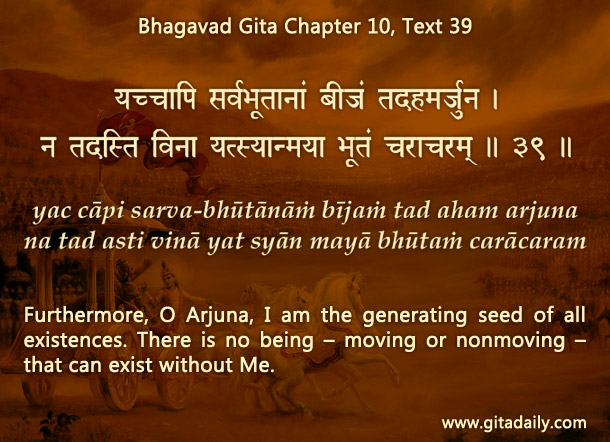God is often thought of as the best among all beings. One being is great; another is greater; another, greater still … and at the top of them all is the greatest being: God.
This understanding is correct, but not complete. When taken as complete, it leads to the impression that God is replaceable. If someone else could get to the top of the hierarchy, he would displace God. But that’s a complete misunderstanding of God’s defining nature. He is not just the Supreme Being; he is the being without whom nothing could exist. He is the source and the sustainer of everything. He exists in his own unique category of being – indispensable, irreplaceable and inconceivable.
Unfortunately, some religions take this notion of God’s otherness too far. They hold that because he is so different from us, all depictions of God that look like us humans are misrepresentations. In fact, they place him beyond all representation. Thus, they make him almost impossible to love tangibly. After all, how and how much can we love someone we don’t know and can’t know?
The Bhagavad-gita avoids this pitfall of making God too remote. Answering the question about how God can be remembered in this world, the Gita’s tenth chapter lists many impressive manifestations in nature, both huge things and powerful beings, declaring them to be non-different from God. The sense in which they are non-different is conveyed through a general principle (10.41): Everything attractive manifests a spark of his splendor. Lest this list and principle give the impression that God is just the crown in a hierarchy, the Gita (10.39) categorically declares his foundational position: Nothing can exist without him.
By thus offering a holistic understanding of God, the Gita potently energizes our devotion for him.
To know more about this verse, please click on the image
Explanation of article:
Podcast:
Download by “right-click and save”


Leave A Comment